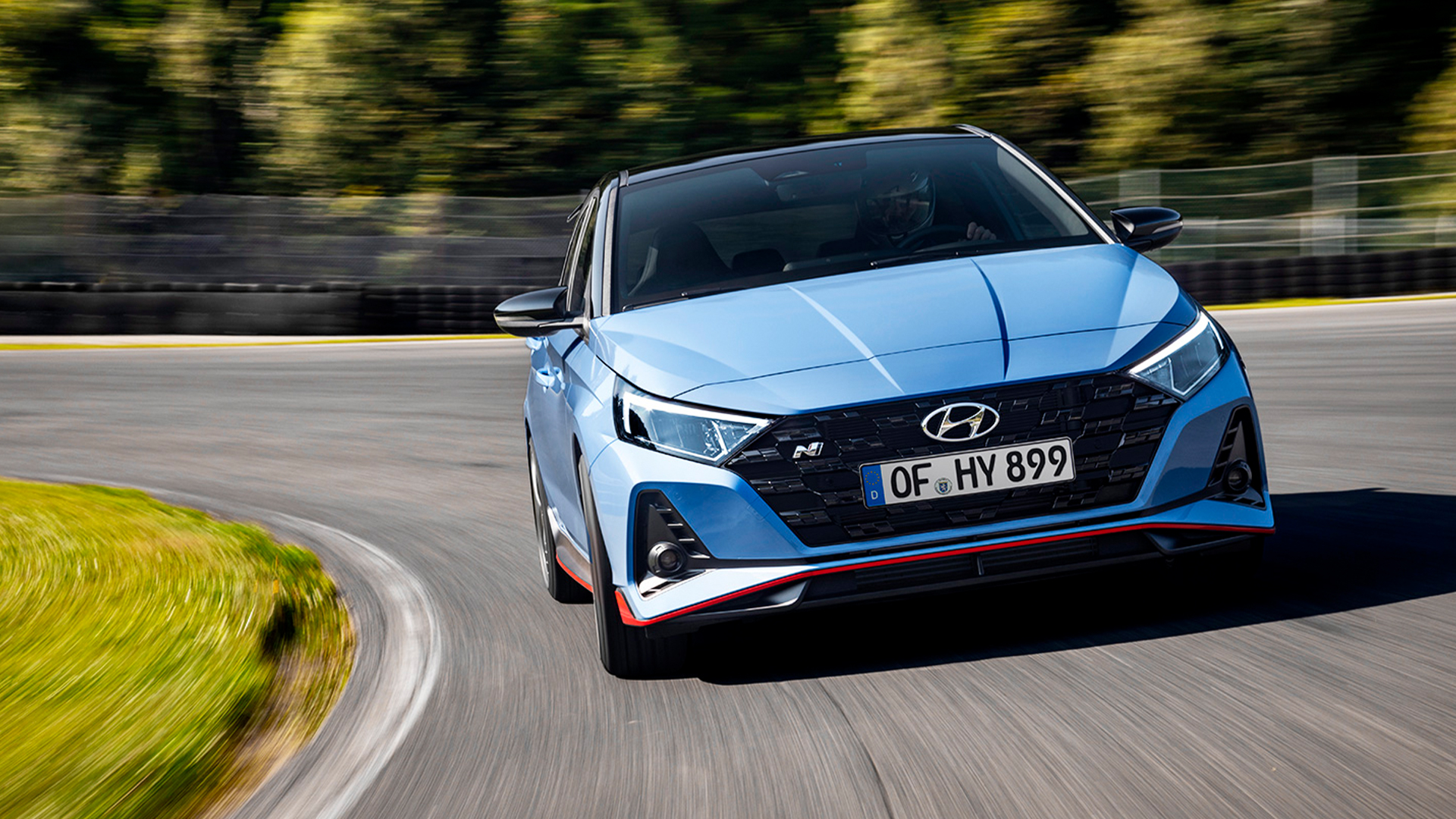
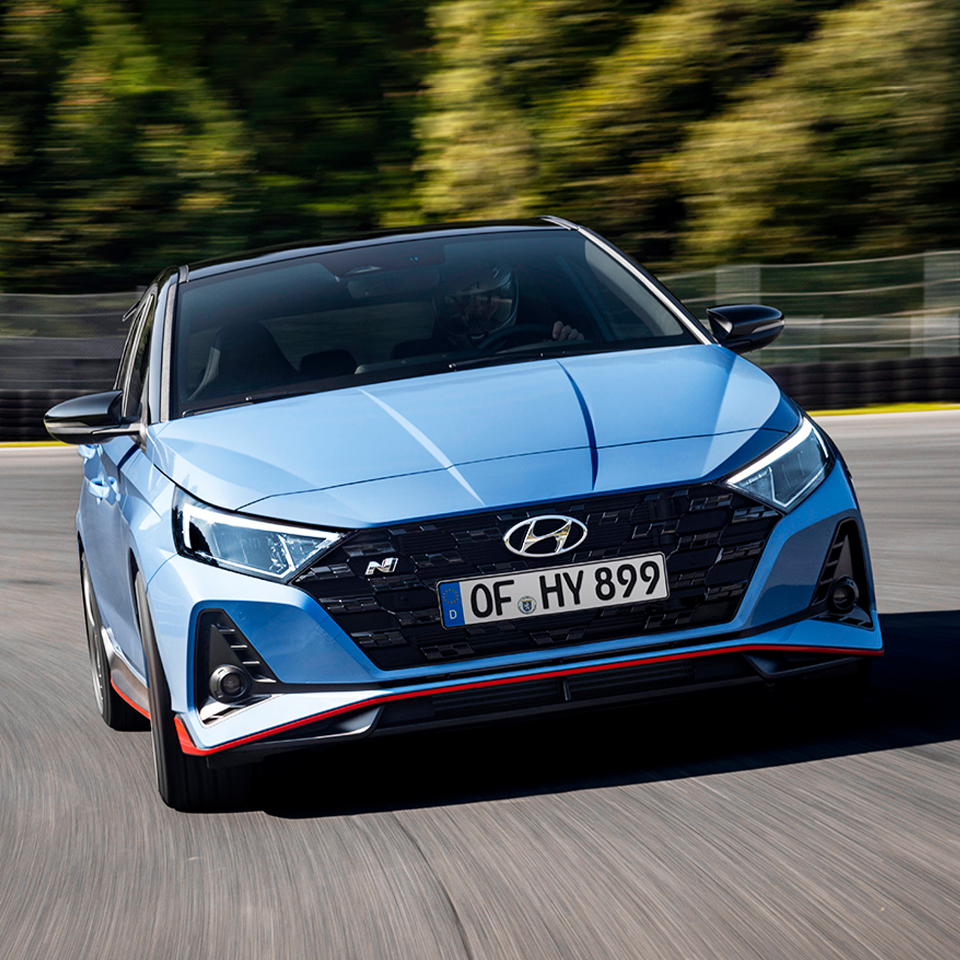


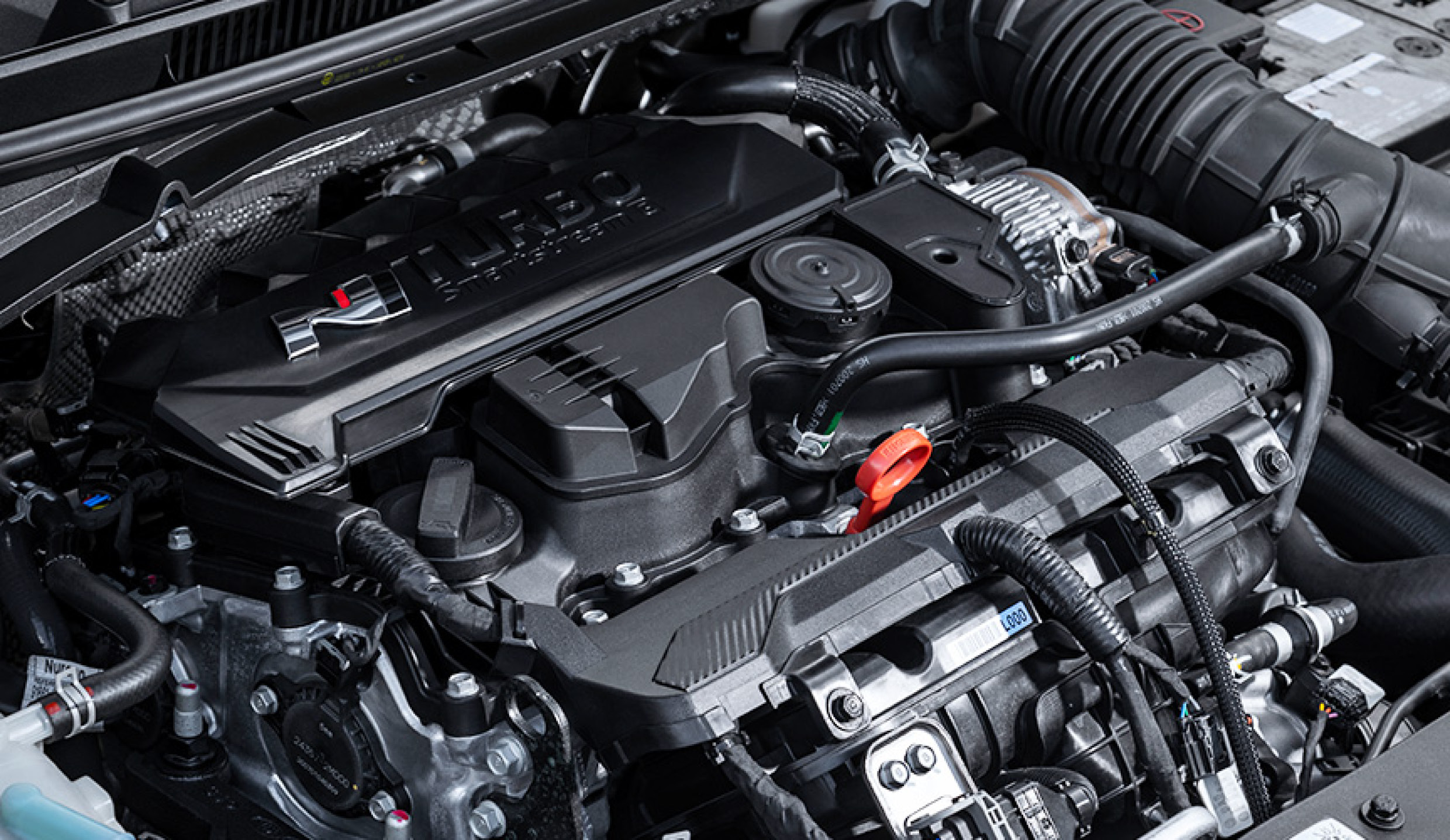
Virtual Turbospeed Control, or VTC, is a technology that maximizes engine performance by optimally controlling the turbocharger. A turbocharger is a device that improves engine performance by compressing the air in the atmosphere and forcibly injecting it into the engine combustion chamber. It is usually used in high-performance vehicles to produce greater power.
But even a turbocharger, essential in a high-performance car, may not perform as usual when driving on winding roads on mountains and at high altitudes. If a turbocharger is generating compressed air in an environment where the atmospheric pressure is low, the device’s durability may be compromised. To prevent this, the turbocharger restricts its operating capacity. Achieving maximum engine performance becomes a challenge.
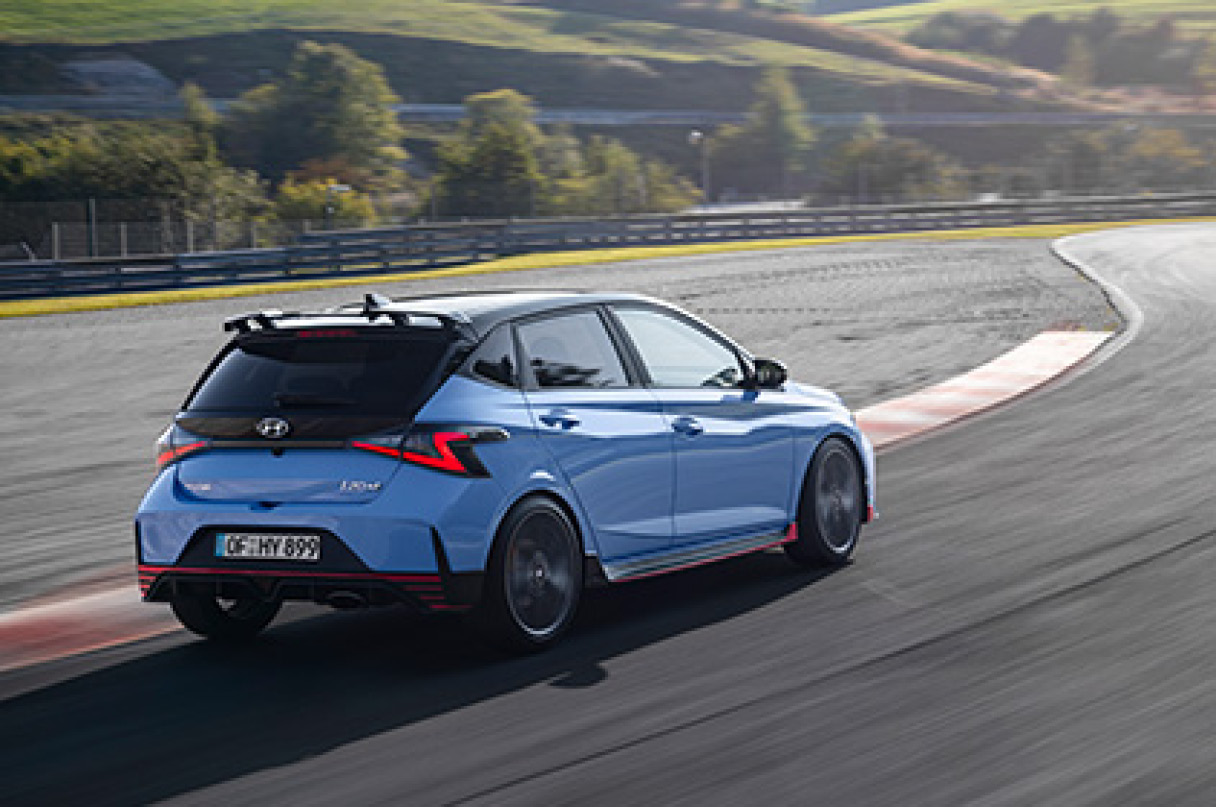
Hyundai’s newly developed VTC overcomes the shortcomings of the existing turbocharger control system at high altitudes by predicting and preemptively controlling its operating conditions, using driving variables based on model predictive control (MPC) technology. The turbocharger takes a more active role in engine function by quickly and accurately determining variables such as its current operating state and driving conditions, so its durability is not affected.
Thanks to VTC technology, the Hyundai i20 N has a maximum torque of 28.0 kg·m in a wide 1,750-4,500 rpm engine rotation. In the driving mode in which the overboost is activated (N mode), VTC maximizes turbocharger control, increasing maximum torque in the 2,000-4,000 rpm range to 31.0 kg·m. When maximum torque increases, the vehicle’s acceleration performance and responsiveness improve.
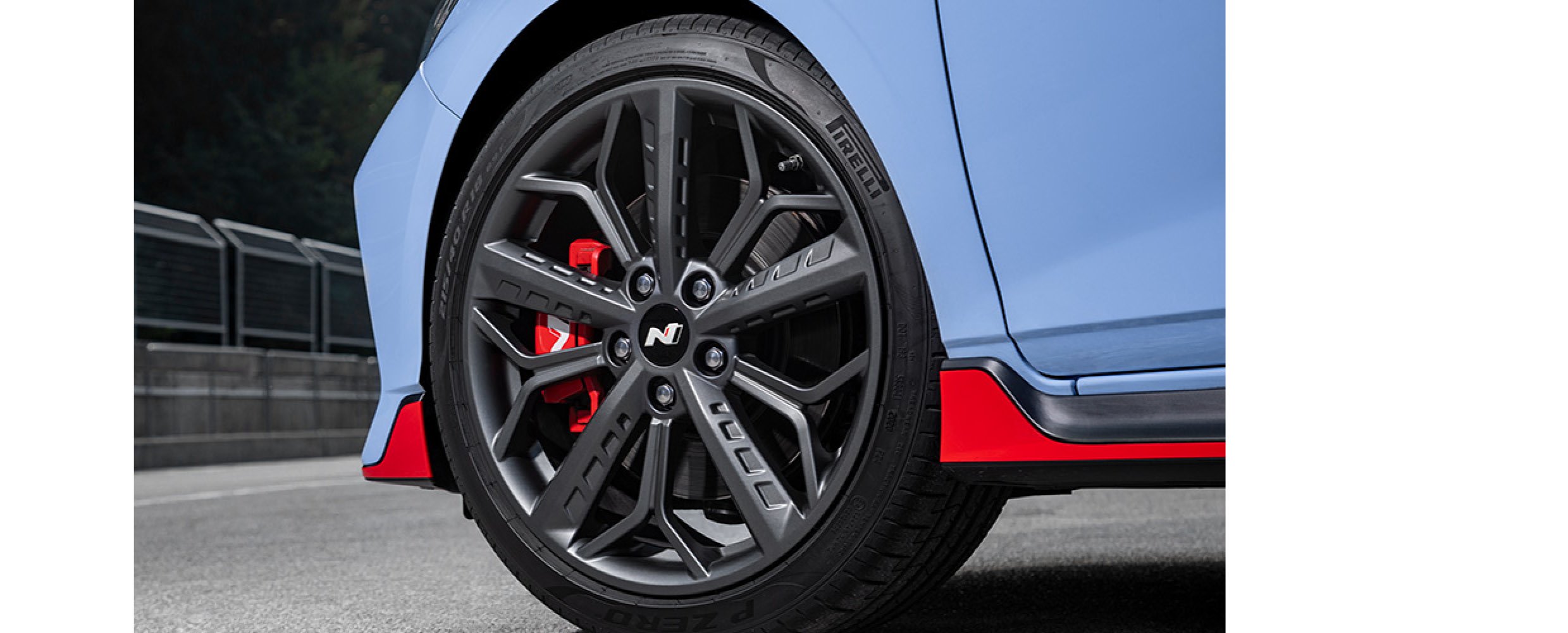
To understand VTC, it’s important to understand MPC. MPC is a technology that predicts future situations based on the results of collected data entered into a predictive model. It’s similar to an athlete’s performance record. A pole vaulter who could jump seven meters usually jumps around six.
Climate and external conditions and psychological factors such as concerns about injuries may interfere with his ability to perform. But if the athlete’s condition, the stadium conditions, and his past records are analyzed, and a goal of 6.8 meters is set, he has the potential to surpass his previous record, while minimizing the risk of injury.
MPC technology is like driving. For decades, people have been driving on MPC principles. A driver predicts road conditions based on driving information and vehicle flow, and determines steering, acceleration, deceleration, and the route ahead. MPC works the same way. It predicts future events by entering sensor-captured data on the current state into a predictive model and then provides optimal control based on that prediction.
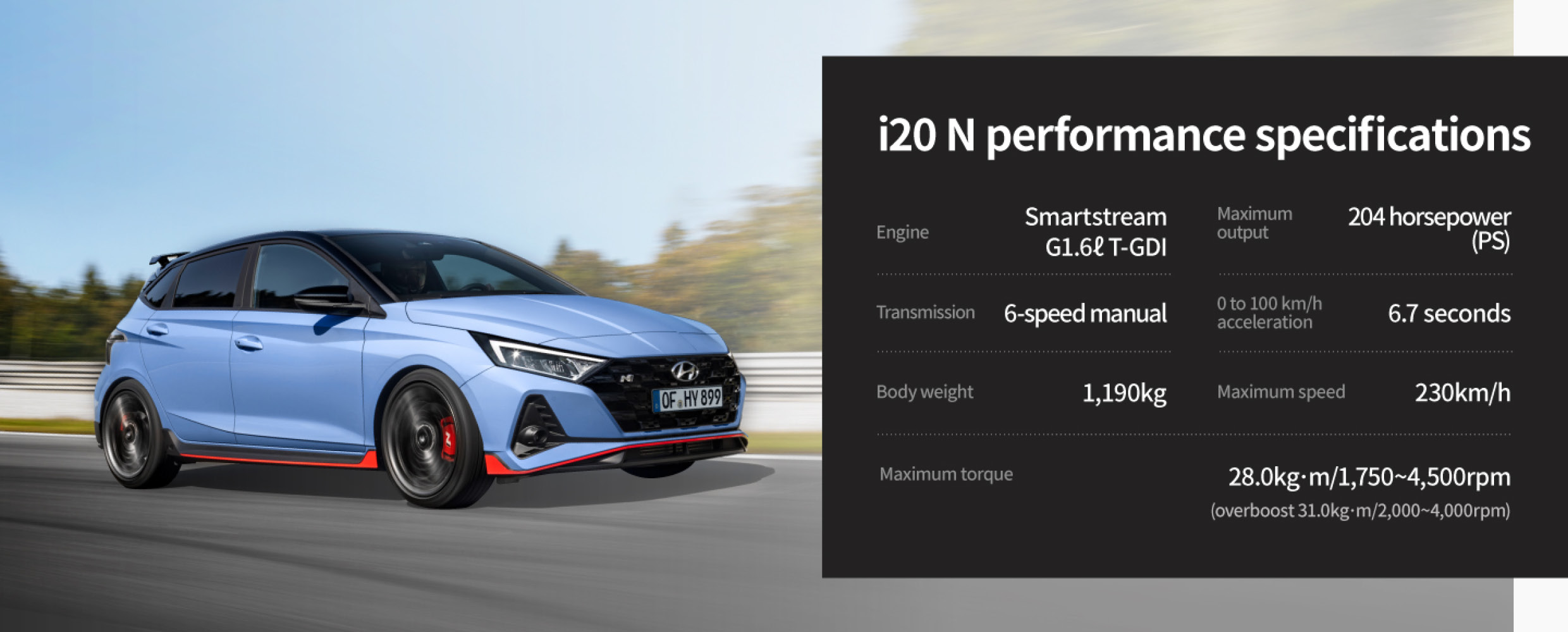
Until quite recently, MPC was mainly used for chemical process control in industries like oil refining and petrochemicals, where many variables are in play, but system response is slow and the scope of controller computation is limited. However, MPC-based control technologies are now finding applications in other sectors, such as robot control, urban air mobility (UAM), self-driving cars, aerospace, integrated building energy control, smart grids, and financial engineering. Dramatic advances in sensing technologies, such as GPS, cameras, radar, and LiDAR, have increased the amount of high-quality data that can be used to predict the operating environment, and thanks to improved CPU performance, large amounts of data can be rapidly processed.
Yet MPC has rarely been applied in the automotive industry because of the challenges involved in computing a wide range of control variables, such as driving environment and conditions, in real time. As a result, model predictive control was considered less effective for automobiles. However, in recent years, with advances in the engine management system, or EMS, which analyzes data such as fuel quantity, air quantity, and exhaust pressure, accurate gaging of the current state is within reach. Moreover, as the accuracy of the MPC model has improved, applications for MPC-based technology are increasing.
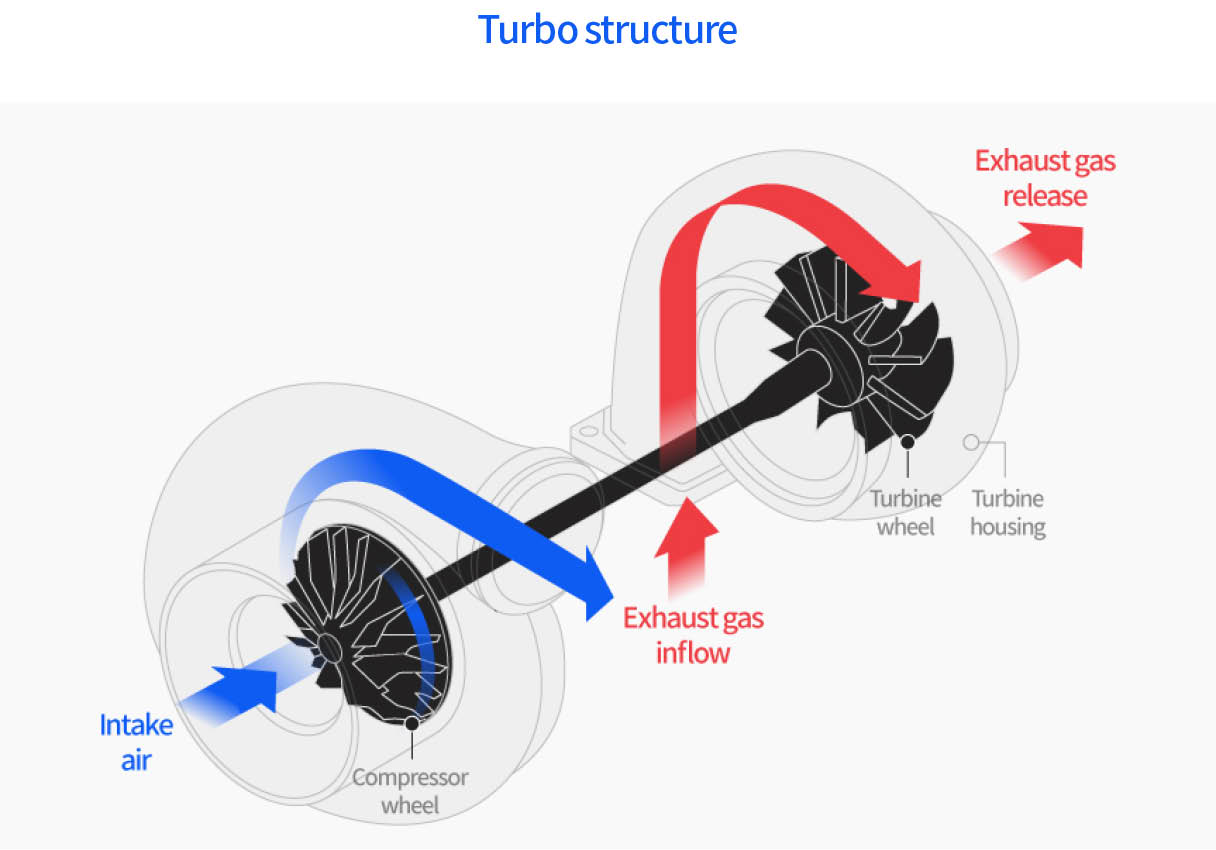
How then does MPC used in VTC apply to the i20 N? Before we examine how MPC controls the turbocharger, let’s take a look at how the turbocharger works. A turbocharger is a device that compresses air in the atmosphere, using the energy of exhaust gas discharged at high temperature and high pressure, and forcibly thrusts it into the engine combustion chamber. A pinwheel (impeller mounted on the turbine) is attached to the passage through which the exhaust gas passes, and another pinwheel (impeller mounted on the compressor) connected to that pinwheel rotates. This sucks air from the outside and forcibly injects it into the engine combustion chamber. A fuel that is properly mixed according to the amount of air injected into the engine combustion chamber raises the volume of the exhaust gas and significantly increases engine performance.
The rotational speed of the impeller, i.e., the turbo speed, is controlled by the amount of exhaust gas passing through the turbine. When a large amount of exhaust gas passes, the impeller rotates quickly, and when a small amount of exhaust gas passes, the impeller rotates slowly. If the turbo speed is higher than necessary, it can be lowered by opening a valve (wastegate) that controls the amount of exhaust gas flowing in.
In order for the turbocharger control system to accurately and precisely control the turbo, it must accurately determine the turbo speed. Conventional turbocharger control systems estimate turbo speed by measuring the amount of air or air pressure (known as boost pressure) entering the engine. If the sensor is attached to the impeller, the exact turbo speed can be determined, but in the harsh environment of the turbocharger, blasted by high temperatures and high-pressure exhaust gases, the sensor takes quite a beating. As a result, turbo speed sensors have found no applications in mass-produced cars.
In general, the impeller of a turbocharger rotates at up to 200,000 times per minute (200,000 rpm). If this is significantly exceeded, the impeller may be damaged. The turbocharger control system must therefore optimize the turbocharger (and maximize engine performance) within a range that guarantees the durability of the impeller.
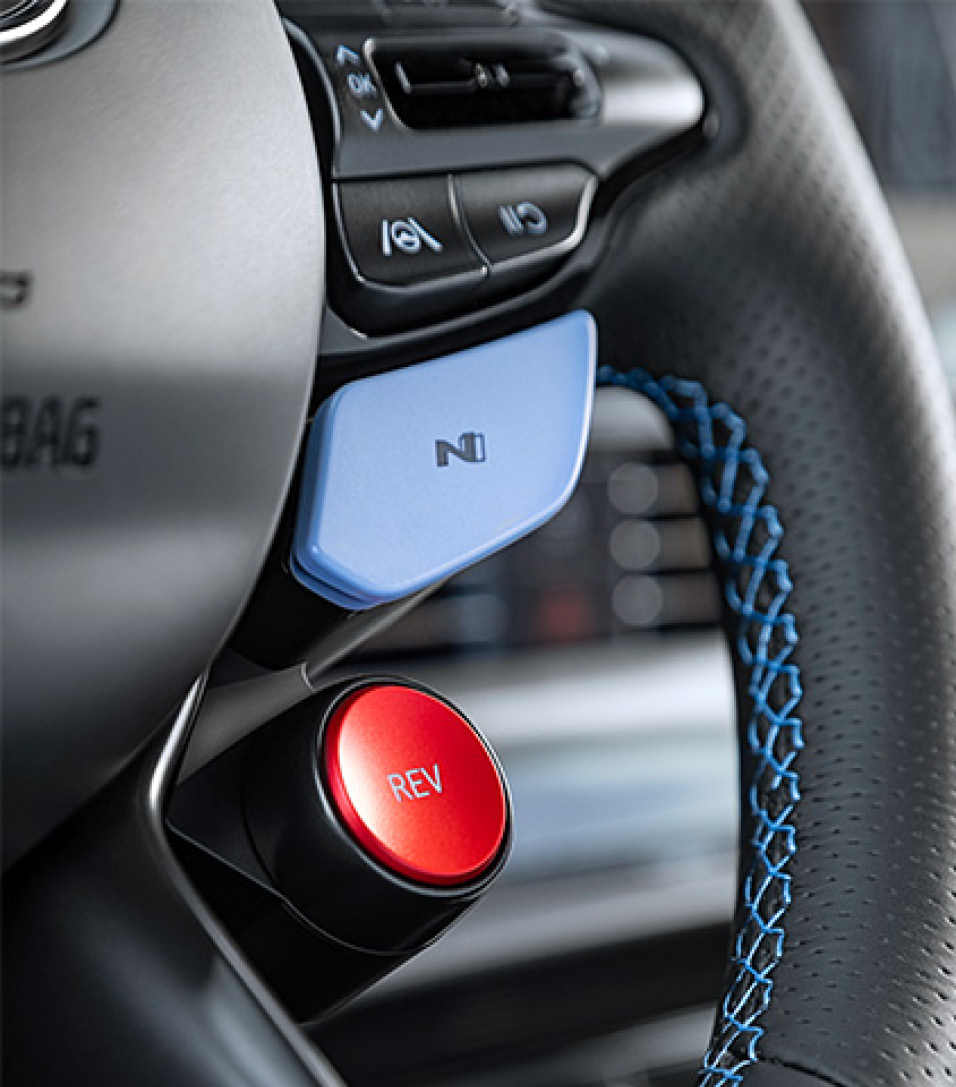
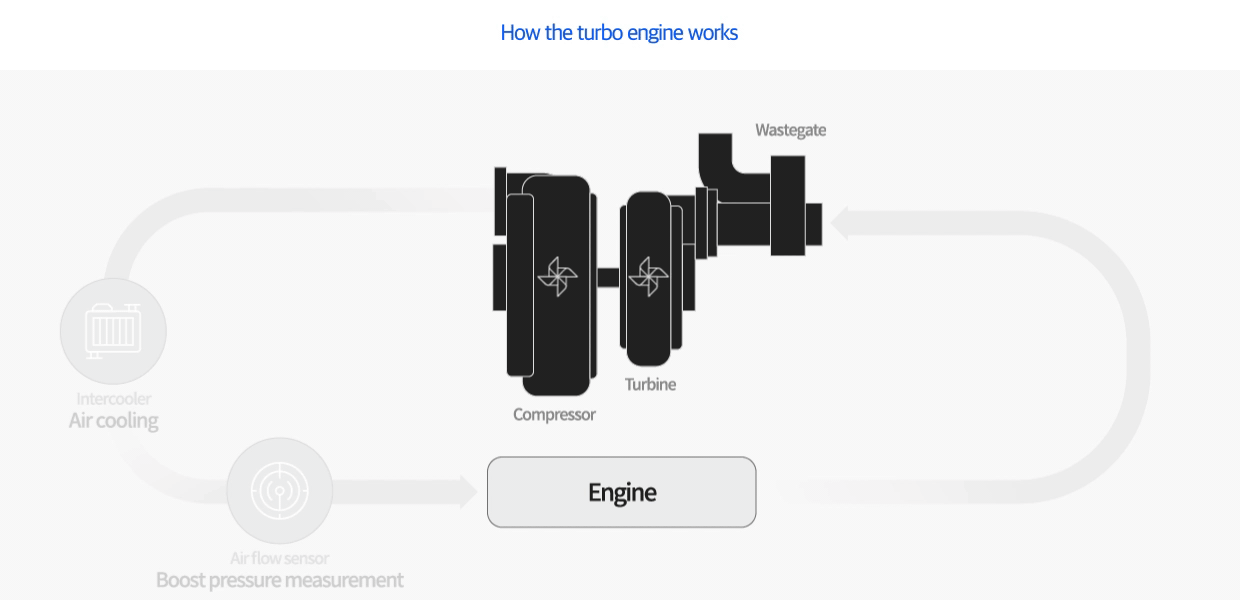
Optimal control has long been a challenge for conventional turbocharger control systems, which estimate turbo speed based on boost pressure only. The actual turbo speed tends to be higher because of external variables, especially when the vehicle is being driven at a high altitude. In such environments, boost pressure is lower than the pressure of the surrounding environment, and the impeller has to rotate more quickly in order to produce the same boost pressure obtained at lower altitudes.
For example, if the turbocharger has a turbo speed of 210,000 rpm when forming a boost pressure of 1.0 bar in the lowlands, the actual turbo speed will exceed 210,000 rpm with the same 1.0 bar boost pressure in the highlands. Failure to consider such external variables when controlling the turbocharger may result in a damaged system, as the turbo speed exceeds the design-allowable limit in a driving environment with low atmospheric pressure. In a conventional turbocharger control system, if it is determined that the vehicle is traveling at high altitude, engine performance may be reduced, for example, because the turbo speed may fall.
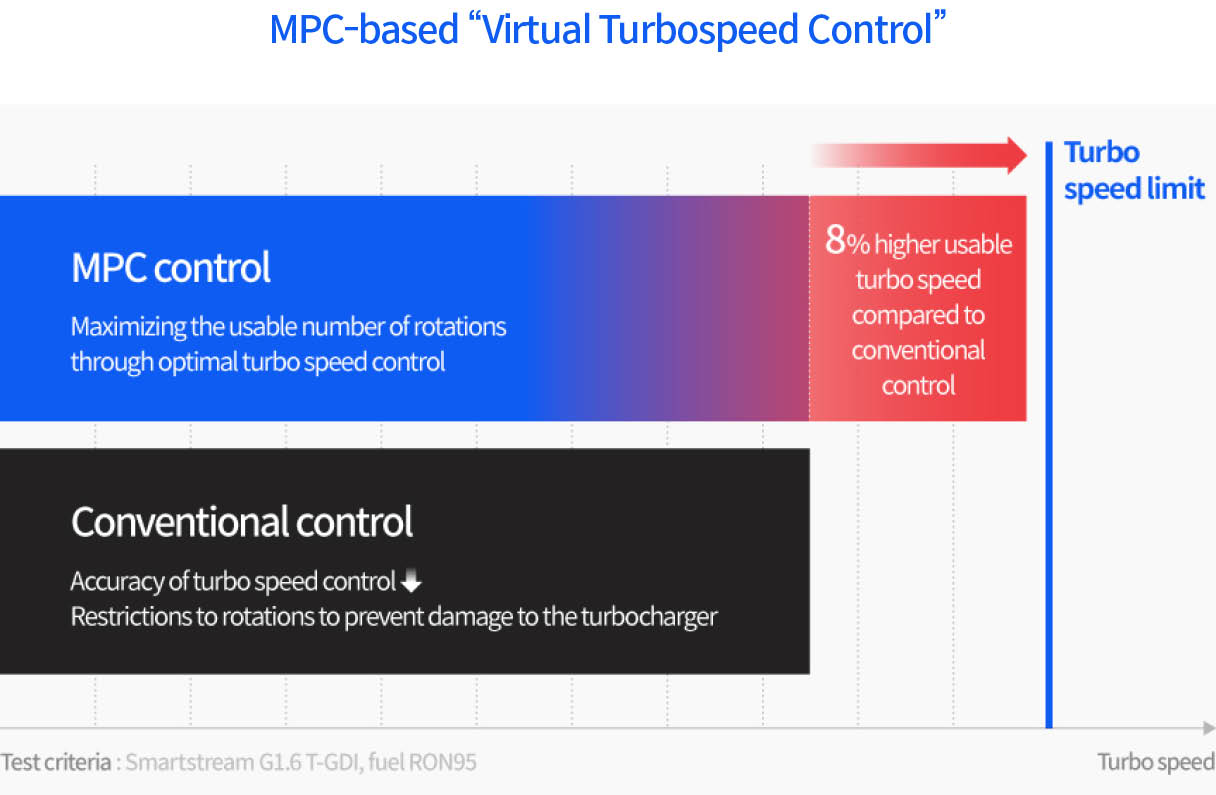
In order to overcome the limitations of the existing turbocharger control system, the Hyundai Motor Company has developed VTC, a turbocharger control system using MPC, and applied it to the high-performance i20 N. VTC provides a more precise estimate of turbo speed by using a predictive model to analyze various data, such as the amount of fuel and air, exhaust pressure, and boost pressure. It also predicts the outcome of the control (e.g., turbo speed and engine output) for the immediate future (roughly one second away) by using various external variables and then controls the turbocharger in advance by adjusting the wastegate directly responsible for turbo speed.
For example, if VTC determines that the turbo speed will exceed the design-allowable limit in approximately one second, it issues a command to open the wastegate valve to adjust the amount of exhaust gas flowing into the turbocharger to reduce the rotational speed of the turbine. More importantly, VTC maximizes engine performance while ensuring the turbocharger remains undamaged, unlike the conventional turbocharger control system. This is why VTC has been applied to i20 N, a high-performance model that guarantees the best engine performance in any situation and encapsulates the joy of driving.
Currently, Hyundai Motor Company is reviewing plans to apply VTC technology, which increases the marginal performance of the engine, to other models in the future. The application of this technology is in line with Hyundai’s N philosophy, which emphasizes “joy of driving” in the base model and contributes to performance development based on the experiences and technologies gained through the development of high-performance N models. It also plans to utilize MPC-based control technology not only in high-performance cars, but also in the field of eco-friendly cars and self-driving technology such as “integrated thermal management control for electric vehicles” and “predictive cruise control” that improves fuel efficiency by controlling vehicle speed according to the prediction of road conditions.
Technical advisor: Chi-kyoung Kim, Head of Electrification Control Development Group